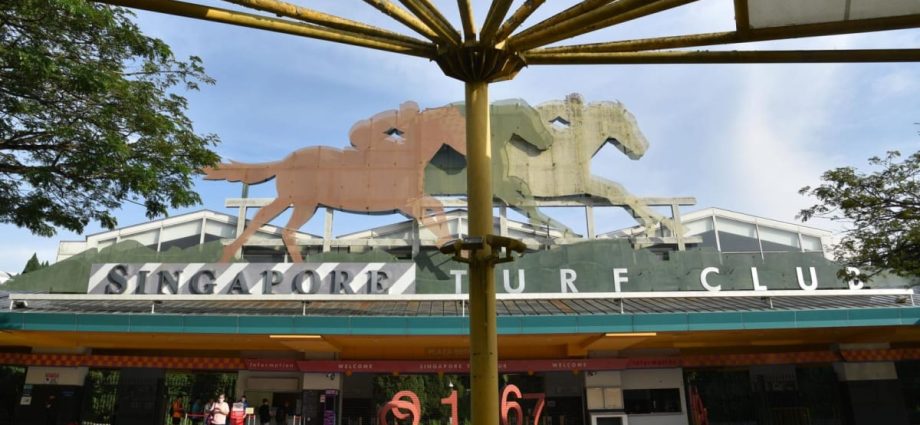
SINGAPORE: Horse racing in Singapore will come to an end in October 2024, with the Singapore Turf Club site in Kranji to be handed back to the government in 2027 for redevelopment.
The Singapore Turf Club will hold its last race on Oct 5, 2024, and close its facility by March 2027, the government and Singapore Turf Club announced on Monday (Jun 5).
The 120 hectares of land in Kranji that is home to the Singapore Racecourse will be redeveloped and used for housing, including public housing, the Ministry of National Development (MND) and Ministry of Finance (MOF) said in a joint press release.
The government is also studying other potential uses, including leisure and recreation.
“This was not an easy decision, but necessary,” said Second Minister for Finance and for National Development Indranee Rajah at a press conference on Monday afternoon, adding that there has been an increasing demand for land in Singapore.
Spectatorship has also fallen over the decade. The average attendance per race day has declined significantly, from 11,000 in 2010 to about 6,000 in 2019.
After the reopening of the Singapore Racecourse in 2022 amid the COVID-19 pandemic, the average attendance was about 2,600 spectators per race day, said Ms Indranee. This decrease in spectatorship is not unique to Singapore, with other countries experiencing similar declines, she added.
The Singapore Turf Club was founded in 1842 and is Singapore’s only horse racing club.
“We are saddened by the decision of the government to close the club. At the same time, we understand the land needs of Singapore, including housing and other potential uses such as leisure and recreation,” said the club’s chairman Niam Chiang Meng.
“We will do our best to ensure business as usual for the club until our final race meeting,” he said, adding that the club will work with stakeholders to ensure a “smooth exit for local horse racing”.
LAND NEEDS
MOF and MND said that redeveloping the racecourse site will allow for the land and its surroundings to be “holistically master planned” to better meet Singapore’s future land use needs.
This is in addition to other major plans for the country’s northern region, which include the redeveloping Woodlands Checkpoint, enhancing Woodlands, and a masterplan for a high-tech agri-food cluster in Lim Chu Kang.
“The northern area has a lot of potential for development, and what we will be doing is assessing and studying to have an integrated and holistic plan to see how it can be developed properly,” said Ms Indranee.
“It has a lot of potential, and the land that will be taken back from (Singapore Turf Club) will be part of this future development.”
Singapore’s need for land, as well as the decline in the number of spectators, meant the government felt “it would be best” to take back the land, she added.
When asked about the potential number of public housing units that may be developed on the current Singapore Turf Club site, she said: “It would be too early to say at this stage, because it has to be part of a wider plan for the northern region.”
Mr Niam said: “Singapore Turf Club recognises that the Kranji site is a valuable resource that can help meet the evolving needs and aspirations of Singaporeans, and this transition will serve to optimise land use for the greater good for the local community and future generations.
“We are aligned with the government on the need to invest in the future of Singapore.”
Responding to a question about why the Kranji site was chosen over others, such as golf courses, Ms Indranee noted that the government has taken back “quite a number” of golf courses in the last few years.
“If you think about it, the 120 hectares of land, there are very few other places in Singapore where you have this kind of size, where it would be possible to take housing, including public housing,” she said.

